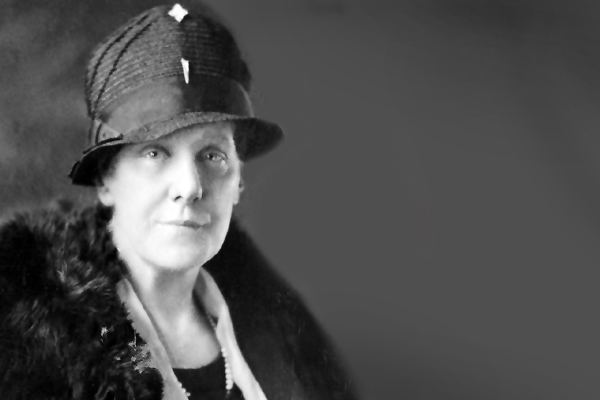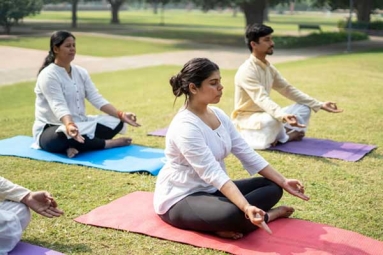
(Image source from: As Mother's Day turns 100})
Hurrah! Mother's Day turns 100 this year. As the historical day, dedicated to mothers alone, enters it's 100th year, let's deviate our attention from family reunions, cards, bouquets, gift and other commercial means of celebrating the day and explore its sombre roots and understand the reasons that caused Anna Jarvis, the founder, to dedicate a special day to mothers.
A 100 years ago, in 1914, US President Woodrow Wilson officially announced Mother's Day as a national holiday, to be observed each year on the second Sunday of May. No sooner the announcement came, Jarvis kicked off a protest against commercializing it, a fight she fought until her death.
The day was originally founded for mourning women to commemorate the fallen soldiers and strive for peace. However, when the holiday was commercialized, its greatest champion, Anna Jarvis, opposed it with everything, dying penniless and broken in a sanitarium.

It all began in the 1850s, when West Virginia women's organizer Ann Reeves Jarvis—Anna's mother—hosted Mother's Day work clubs to enhance sanitary conditions and lower infant mortality by battling diseases and controlling milk contamination. The groups also treated wounded soldiers from both sides during the U.S. Civil War from 1861 to 1865.
Postwar, Jarvis and her other women friends hosted Mother's Friendship Day picnics and other events to unite old foes. During that time, Jarvis had launched a Mother's Friendship Day for Union and Confederate loyalists across her state. But it was Anna, her daughter, who gave this day the recognition of a Mother's Day.
Anna Jarvis never had children of her own. It was the death of her own mother in 1905 that inspired her to host the first Mother's Day observances in 1908. On May 10 in 1908, families congregated at Jarvis' hometown of Grafton, West Virginia as well as in Philadelphia, where Jarvis lived at the time,as well as in several other cities.
It was through Jarvis' efforts that Mother's Day came to be celebrated in numerous American states until U.S. President Woodrow Wilson officially announced second Sunday in May as Mother's Day in 1914.

"For Jarvis it was a day where you'd go home to spend time with your mother and thank her for all that she did. It wasn't to celebrate all mothers. It was to celebrate the best mother you've ever known—your mother—as a son or a daughter," West Virginia Wesleyan's Antolini wrote.
But Jarvis's happiness was short-lived as her idea of an intimate Mother's Day quickly became a commercial gold mine focusing around buying and gifting cards, flowers, candies and more. Jarvis joined Mother's Day International Association and tried to uncommercialize the holiday. She organized boycotts, threatened lawsuits, and even attacked First Lady Eleanor Roosevelt for using Mother's Day to raising charity funds.
Jarvis's fervent attempts to reform Mother's Day lasted until her death in 1948 at Philadelphia's Marshall Square Sanitarium.
Presently, of course, Mother's Day continues to thrive on the gimmicks consumerism.
Suchorita Choudhury










